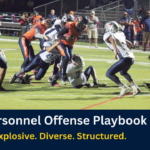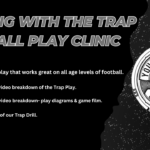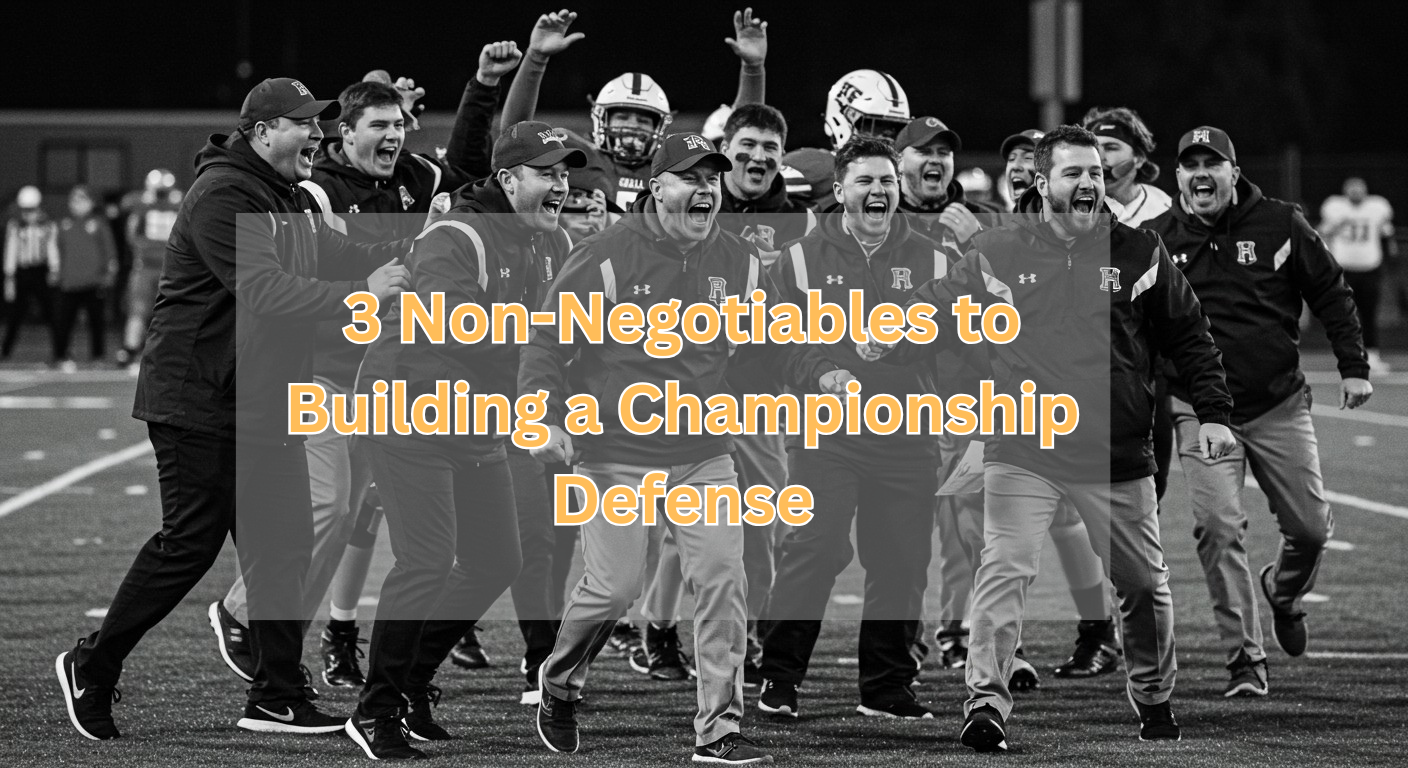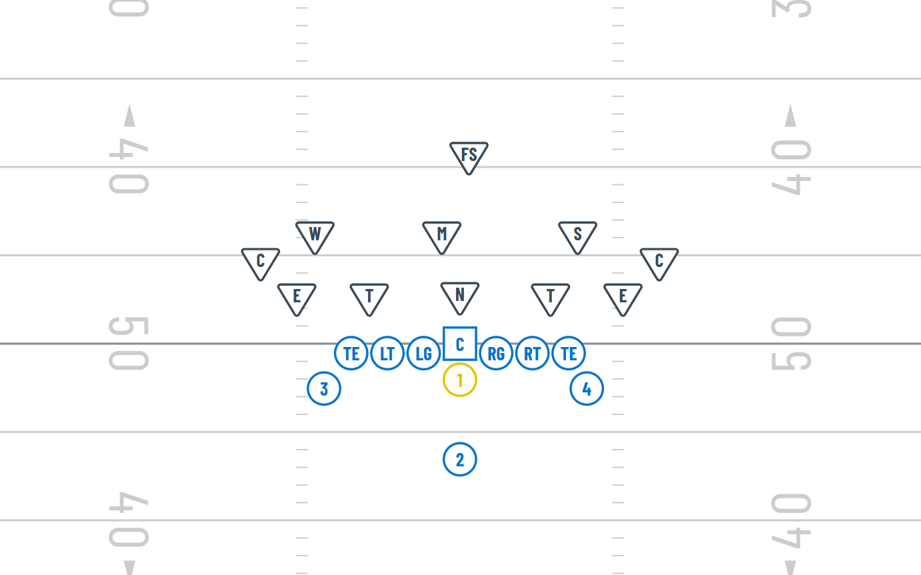Future of Football Safety With Renowned Expert Stefan Duma, PhD
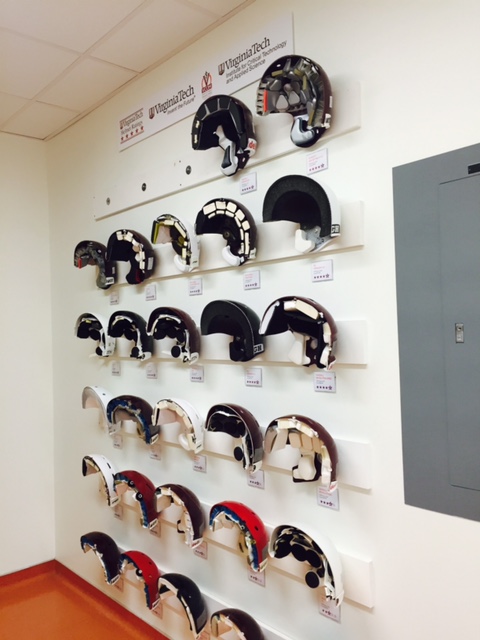
Here is our exclusive interview with Dr. Stefan Duma, renowned helmet safety expert and Head of Virginia Tech/ Wake Forest U. Biomedical Engineering and Sciences. Youth Football Online met Dr. Duma at a symposium at Virginia Tech on head acceleration measurement sensors.
1. Youth Football Online: How can youth football become a safer sport?
Stefan Duma: Youth football like any sport can benefit by several modern technologies and techniques. (1) We always talk about making sure a league has the right rules. If you look at what Pop Warner did in limiting and structuring practices, this is very important. (2) The second layer is how the coaches teach, we have identified certain drills, especially early ages 7-8 year olds, they really do not need to be practicing the big hitting drills at that age. (3) Have the best equipment.
2. Youth Football Online: How will the NFL benefit from using helmet sensors?
Stefan Duma: Sensors do a lot of things, one of biggest benefits is it gives you an idea of what is happening on the field. Quantifies exposure- number of times people are hit, the magnitude. If you have that information then you can make educated decisions on how to structure the rules of the game. Do we move the kick-off, do we change special teams, how do we improve helmet technology for NFL players. If you have that data, you can then go back and optimize the design for that field.
3. Youth Football Online: Besides helmet sensors, what other technologies look promising?
Stefan Duma: I think a lot of the helmet manufacturers are coming up with new technologies, new materials, new foams, new padding structures, new helmet structures. All of these help reduce helmet acceleration, and that helps reduce risk.
4. Youth Football Online: Where do you see youth football helmet safety 5 years from now?
Stefan Duma: In 5 years, we will really start to be able to address the youth football helmet. Currently there are unknowns. Five years from now we will have the data to have a special youth design.
5. Youth Football Online: What is the difference between a 4-star helmet and a 5-star helmet based on the Virginia Tech Helmet Ratings™ (ranking of football helmets from a 1 star to 5 star rating system)?
Stefan Duma: The ratings were initially set up where we had statistically significant differences between the groups. The 4 and 5-star are very similar, 5-star being a little better. Initially there was one 5-star helmet, now there are twelve 5-star helmets. Every manufacturer makes a 5-star helmet; we think that’s the group to be in.
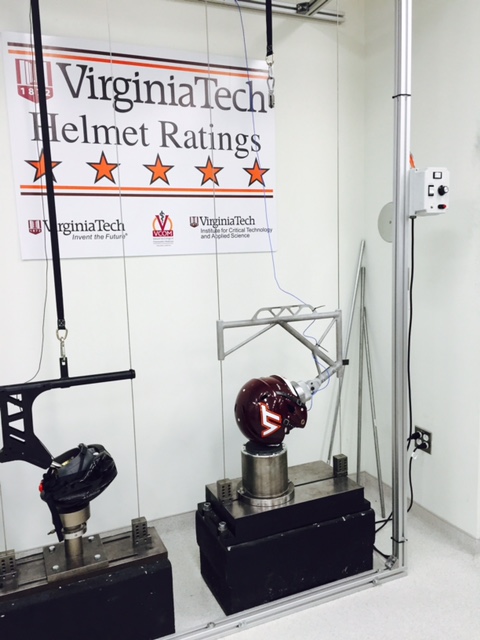
6. Youth Football Online: Costs are a concern for many youth football organizations, in terms of affordability, when do you see these 4 and 5 star helmets becoming more affordable?
Stefan Duma: One of the benefits of having twelve 5-star helmets is that that will drive the costs down. When there is only one, they can charge a premium. Now every manufacturer has one, that will bring the cost to consumers down through natural market competition.

7. Youth Football Online: What do you look for when evaluating helmet sensors?
Stefan Duma: Primarily that it accurately measures the number of head impacts- doesn’t over predict/ or under predict. That’s very important. The second level is how accurate is it. If it’s a 50g impact, did it measure that appropriately. It doesn’t have to be perfect, if it’s plus or minus 10%, that’s fine. If it has 100% variation, then that’s a big difference. We’re looking for the right number of hits and reasonable amount of accuracy.
8. Youth Football Online: When will helmet sensor ratings become available?
Stefan Duma: First up will be hockey helmet ratings. About one year for helmet sensor ratings.
9. Youth Football Online: What is the primary goal of your helmet safety research?
Stefan Duma: Provide manufacturers with a way to optimize their design and make better helmets that will reduce head acceleration and reduce risk.
Va Tech Helmet Ratings as of 10/2014: (Click Image to Enlarge)





